Evaluating AMD's TrueAudio and Mantle Technologies with Thief
by Ryan Smith on March 18, 2014 1:15 AM ESTTrueAudio
Getting to what I feel is the more exciting aspect of today’s patch and driver release, we have our first look at AMD’s TrueAudio technology. To preface this with an appropriate degree of expectation management, nothing being presented with TrueAudio today is going to qualify as being all that groundbreaking. TrueAudio is an audio processing technology designed to offload advanced audio processing that could be done on the CPU, and in years past would have been handled on dedicated sound cards. To that end unlike the world of graphics where we’re usually talking about technologies and rendering techniques that are breaking new ground, TrueAudio is closer to a new way of retreading it.
The upside however is that TrueAudio is the first serious attempt in almost a decade to improve the quality and quantity of audio spatialization and effects on the PC. With Windows Vista having moved audio processing into software, and multi-platform titles (i.e. console ports) becoming increasingly common, PC audio has by most metrics regressed since the middle of the last decade. This has led to game audio ranging anywhere from good to terrible, depending on the capabilities of the audio stack used in a game. The best of games will offer a solid spatialization algorithm – and spend the CPU time to do it – while the worst of games will usually be optimized for a 2 and 5.1 speaker setups, mixing down from that for other setups while using minimal environmental processing and effects.
This is ultimately all work that could be done in the CPU, but good audio effects aren’t always cheap, and game developers as a whole have been apprehensive about dedicating significant CPU time to audio when they could be using it to improve graphics or lower the system requirements. In the meantime the launch of the current generation of consoles presents an interesting opportunity as those devices are equipped with dedicated audio DSPs – technology similar to TrueAudio in the case of the Playstation 4 – so offering DSPs in the PC offers the chance to piggyback on those developments. The end result is that for headphones gamers (such as myself), the combination of the new console generation and AMD’s push for better audio processing with TrueAudio offers the hope for an improvement in PC audio processing, and some neat hardware to back it up.
For our look at TrueAudio we’ll kick things off once again with Thief. As the first game to implement TrueAudio support it gives us our first chance to evaluate TrueAudio within a game, both from a performance standpoint and a quality/benefits standpoint.
With today’s patch Thief is gaining support for Convolution Reverb, which can be done in either software or the TrueAudio hardware. Convolution reverb is the only effect being offloaded – all other processing stays on the CPU – so what Thief will be showing off is only one possible use for the TrueAudio hardware. Unfortunately software convolution reverb processing doesn’t seem to be working at this time (see our sample below), so we can really only evaluate it running on TrueAudio versus the effect being disabled entirely. Accordingly, we can’t really measure the CPU performance costs of convolution reverb either, and our testing has found no performance hit from enabling the TrueAudio implementation.
Convolution reverb itself is a relatively simple effect that can quickly ramp up in processing requirements as the number of reflections increases. In convolution reverb a real world audio sample of an environment (the impulse response) is used to model how sound should reverberate through an artificial environment, essentially allowing games to mimic real world reverb by using the impulse response as a template. The quality of the effect in turn will depend on both the quality of the initial sample and how developers choose to use it, so unlike a modeled approach (e.g. real time ray casting) the accuracy of the effect is only as good as the inputs.
With that in mind, compared to graphics it’s much more difficult to objectively compare audio technologies. Convolution reverb’s simple nature naturally separates listeners into groups that either like the effect or don’t, but in either case it’s hard to argue that there’s a definitive answer. Not unlike something like G-Sync, all we can really do is offer some samples and discuss the experience, since we can’t fall back on hard numbers.
Convolution Reverb: Off, Software (broken), and TrueAudio
In our above sample we’re banging a knife on a brick wall, a simple but effective way to test with the effect enabled and disabled with a high degree of accuracy and repeatable. And having played through the first level of Thief with convolution reverb both on and off, I unfortunately find myself distinctly in the group of people who would find it unnatural. Throughout that section of the game, with reverb enabled many sounds come off as sounding out of place.
Now what is a Victorian Era alleyway supposed to sound like? I honestly have no idea, hence the subjective nature of it. But throughout Thief the effect feels overdone; every sound source affected by reverb seems to have too much of the effect, from NPCs talking to weapons striking. Without convolution reverb there’s a very noticeable lack of reverb altogether, but with it turned on I can’t shake the impression that there’s now too much reverb.
Ultimately I’m not sure if there really is too much reverb in Thief, or if it’s in my head (figuratively speaking). Have I just grown too used to games that are light on reverb, and now that I’m playing a game with convolution reverb it’s merely not what I’m used to? Or is it really overdone, if only to show off the technology and to make sure it’s noticed?
As a graphics and GPU guy, it reminds me a lot about the debate about film frame rates. I for one find 24fps material jerky, blurry, and blatantly unnatural. And yet most people around me would say that it’s high frame rate material that’s unnatural, as they have become accustomed to 24fps films and anything above that breaks their perception since it’s not what they’ve come to expect. I’m left to wonder if I’m in a similar situation, except for audio.
In any case, on a purely subjective evaluation, I don’t feel that Thief is a strong showcase for TrueAudio. The question isn’t one of technical merit – audio DSPs aren’t new and have proven their value – but rather whether the game is a good example of what the technology can do and how it’s used. And since Thief only uses it for convolution reverb, and I feel uses that reverb too heavily, I would most likely play with the effect turned off, thereby bypassing the TrueAudio hardware entirely. As just one game out of what will hopefully be many more I won’t base my entire opinion on TrueAudio off of this one game, but at the end of the day it’s not the strongest argument for TrueAudio. Hopefully future games put it to better use, both in terms of using the hardware for more types of processing, and not overdoing the reverb as is occurring here. To draw a historical parallel, for anyone that was around back in 2001 to play the original Unreal Tournament with the EAX patch, Thief’s additional of reverb feels a lot like the unnatural reverb that occurred on several of UT’s maps.
Tuscany
With that in mind though, Thief isn’t the only sample of TrueAudio for today. AMD is also releasing one of their in-house demos today for public consumption, and this is a demo that I feel is a much better example of TrueAudio’s potential.
Set in a simple simulation of a Tuscany villa, the aptly named Tuscany demo is a short but effective demonstration of TrueAudio in action. Built in Unity and using GenAudio’s AstroundSound 3D RTI plugin, the Tuscany demo is a combination TrueAudio and Occulus Rift demo. On the visual side it offers input and output support for Occulus’s 3D headset (though it works with regular setups relatively well), while on the audio side it implements AstroundSound’s 3D audio spatialization algorithms on the TrueAudio hardware. Tuscany uses a number of sound sources, all of which are processed by the TrueAudio hardware to do elevation, distance, and positioning spatialization.
This is recorded directly from our Tuscany walk-through, so if you’re listening on headphones without any processing, this should sound exactly like it did for us
As we alluded to at the start of this section, audio spatialization is nothing new. However relatively few games do a good job of it, and even fewer do a good job of it on headphones. So to have a demo utilizing full spatialization, doing it well, and doing it in hardware is quite refreshing compared to what we see with most games.
But with that in mind, the Tuscany demo doesn’t really lend itself to comparison. It doesn’t work without the TrueAudio hardware and it doesn’t support other types of hardware, so we can’t compare it to remaining hardware solutions such as Creative’s SoundBlaster or Asus’s Xonar parts, or even to post-processing technologies such as Dolby Laboratories Dolby Headphone technology. That said, to get back to subjective opinions, I feel like AstroundSound 3D implementation in Tuscany is similarly accurate and realistic as (if not better than) any Asus or Creative solution I’ve tried in the past. Reverb aside, as a gamer I’d first like to see better spatialization in games, and this I feel is an example of where it’s done right both for quality and for making use of the underlying hardware.
Final Thoughts
Wrapping things up, even with the launch of Thief I’m not sure much has changed for TrueAudio at the moment. Subjectively speaking, Thief’s convolution reverb effect just isn’t that impressive due to how overdone it feels, so while it shows us a bit of what the TrueAudio hardware is capable of it’s nowhere near being the killer app for the technology. On the other hand the Tuscany demo, though just a simple spatialization demo, is very impressive for how accurate and realistic it sounds. The catch is that it’s just a demo.
As such the ultimate value of TrueAudio remains to be seen. Even if AMD can get game developers and middleware developers to support TrueAudio, they need to be putting it to good use to make it worth using, and more importantly valuable enough to justify purchasing an AMD video card over an NVIDIA video card. This is a problem I feel NVIDIA has yet to solve with PhysX even after all of these years – it’s still rarely used, and doesn’t seem to influence many gamers – and while it’s far too early to declare TrueAudio’s fate I can certainly see it ending up in a similar rut. Or widely adopted, or not adopted at all as the case may be. But for the time we have finally seen that the hardware is capable of delivering on its premise and its promise, so long as there are developers out there willing and able to put it to good use.


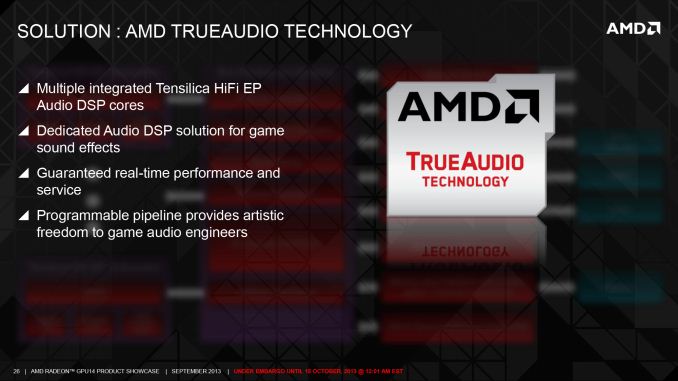
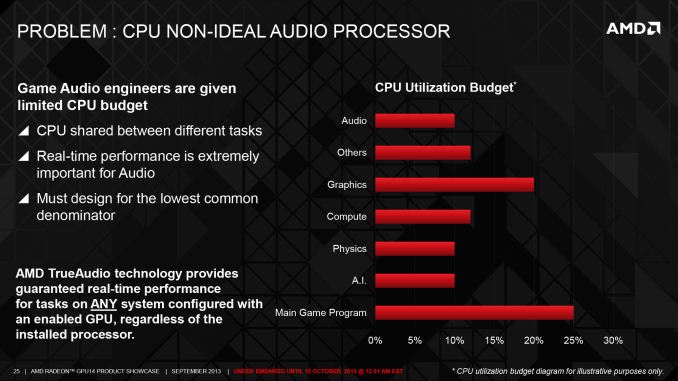
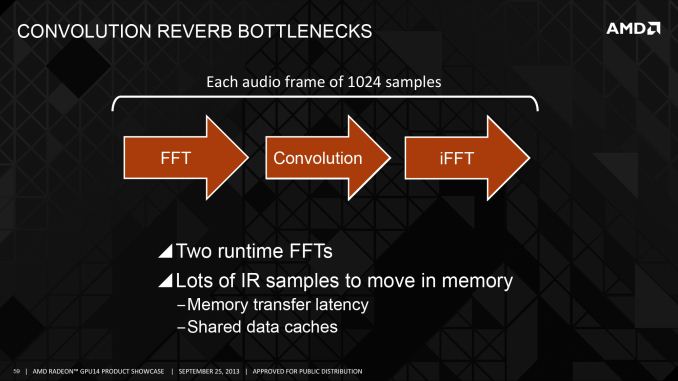
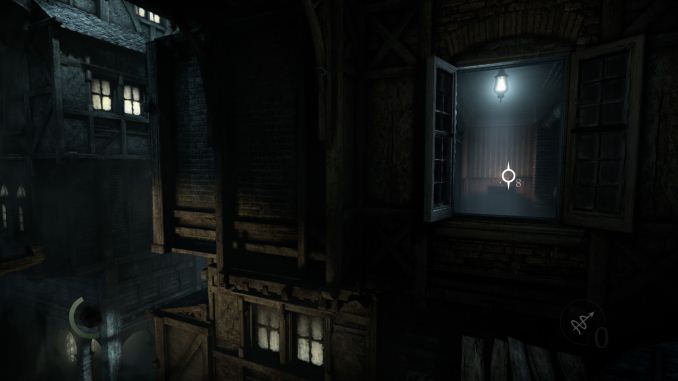
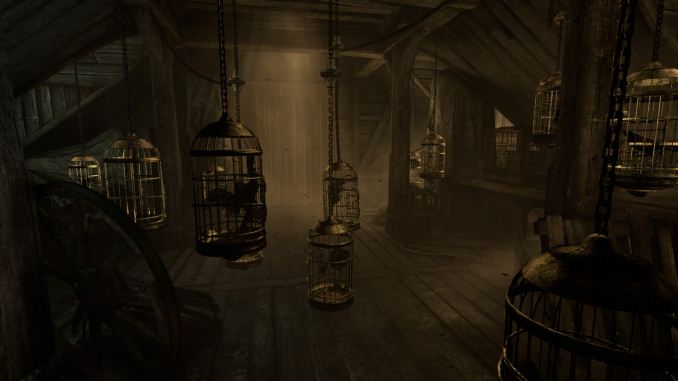
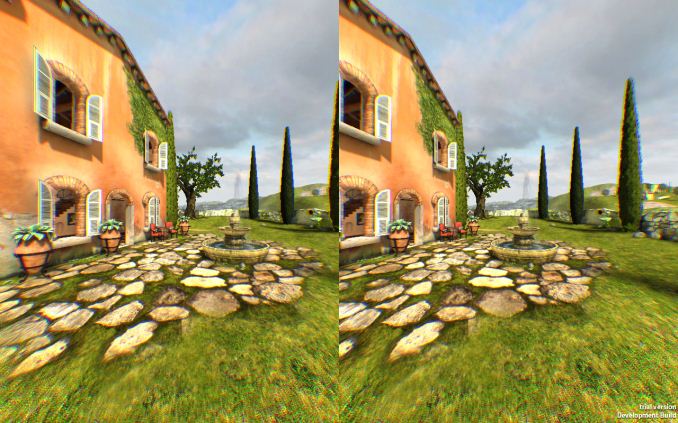
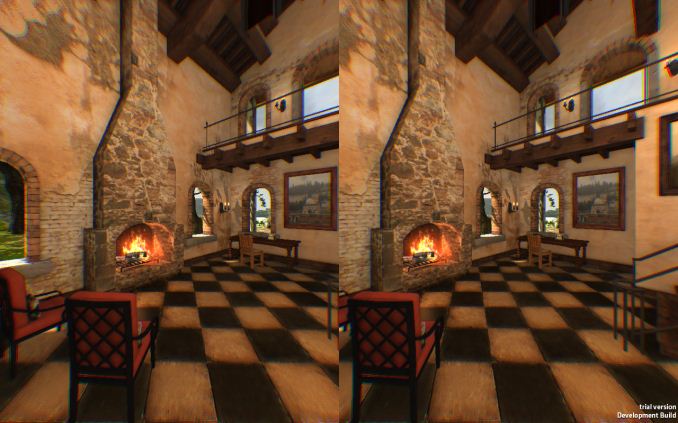








75 Comments
View All Comments
nathanddrews - Tuesday, March 18, 2014 - link
When EAX worked, it worked well. I still break it out for playing Halo PC using Alchemy. The advantage it brings in hearing approaching footsteps and chambering rounds is astonishing. I can navigate some maps almost entirely by sound. Of course, there's always the hilarity that ensues when the physics freaks out with collision detection and a warthog starts bouncing half in a wall... the audio just farts relentlessly.Come to think of it, A3D had a demo that was nearly identical to this Tuscany demo, I remember playing with it and thinking it was neat.
nathanddrews - Tuesday, March 18, 2014 - link
Ha! Found it!http://youtu.be/-oSlbyLAksM
ozzuneoj86 - Tuesday, March 18, 2014 - link
Hah! I was thinking of this too when I watched the Tuscany video. I remember playing with this on my Aureal Vortex 2 SQ2500 Superquad back in 2000. Which reminds me... what is it with old sound cards and ridiculously long product names? My brother had an Aztech Labs Sound Galaxy Washington 16A soundcard as well... how did they fit it all on a box?DroidTomTom - Tuesday, March 18, 2014 - link
Wow! I was floored by that. I felt like I was immersed in one of those adventure rides at a Theme Park. Too bad no games use anything close to this today. That was way better than the demos from my SB EAX cards. And blows away the Tuscany demo too.milli - Tuesday, March 18, 2014 - link
I'll quote wiki:'A3D uses a subset of the actual in-game 3D world data to accurately model the location of both direct (A3Dspace) and reflected (A3Dverb) sound streams (A3D 2.0 can perform up to 60 first-order reflections). EAX 1.0, the competing technology at the time promoted by Creative Labs, simulated the environment with an adjustable reverb—it didn't calculate any actual reflections off the 3D surfaces.'
Well EAX (even the newest) never got this killer feature. That's why A3D worked so well and consistent.
SilentSin - Tuesday, March 18, 2014 - link
Half Life was *the* killer app for A3D, maybe AMD can bring TrueAudio alive with HL3 ;) Way back with HL1 the framerate did take a hit from enabling A3D but it was absolutely worth it. Playing beta CS with headphones and A3D was almost like cheating, you could easily track players through walls. I think I have my vortex 2 stashed somewhere in my closet..TheElMoIsEviL - Thursday, March 20, 2014 - link
A3D had a horrible CPU utilization rate. I remember having my frame rates halved and I was using either my Voodoo 2 12MB SLI setup or my Voodoo 3 3000 16MB back then.nathanddrews - Tuesday, March 18, 2014 - link
While EAX doesn't do all the calculations, it adds custom DSP to in-game elements and each virtual environment to better reflect (no pun intended) the audio heard by the listener without impacting system performance. Long before ambient occlusion, there was aural occlusion, which EAX brought to the table after they consumed A3D.Probably the best we can hope for with AMD TrueAudio is competition from Creative in the form of A3D's resurrection... but I'd like to think that A3D (like EAX) can be adequately surpassed by modern technology.
risa2000 - Tuesday, March 18, 2014 - link
A3D was unbeatable in true HRTF processing when one was wearing headphones. I had Aureal Vortex 2 card and in Quake 3 Arena (before the patch which removed A3D sound) and in Half-Life and also Deus Ex it was like having third eye. A3D did occlusion and reverb processing of the sound sources on the scene geometry. I have never heard anything close enough since then in any game.As someone who also implemented A3D support in some graphics app, I can confirm that API was quite similar to OpenGL philosophy. The scene could be passed to OGL and A3D in very similar way (back then i.e. in 2001). There was however a drawback in CPU utilization (15-30% at that time), which today with current CPU power and resources could probably translate into negligable numbers.
So I do not think we need specialized HW for this, just standardized SW API would be enough and with current CPU, even bringing in old A3D API would definitely move the 3D sound forward.
frenchy_2001 - Tuesday, March 18, 2014 - link
The reason A3D worked so well was the 3D model of the scene they had to pass to the card.The penalty paid was mostly for the transfer of those models into the sound card memory, which happened over PCI bus (slow). As scene complexity grows, so would this cost. You also would need additional memory on the sound card.